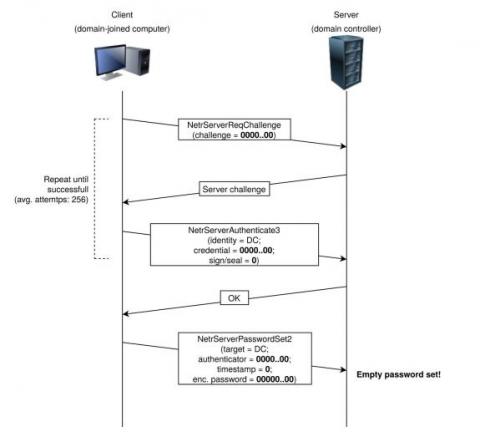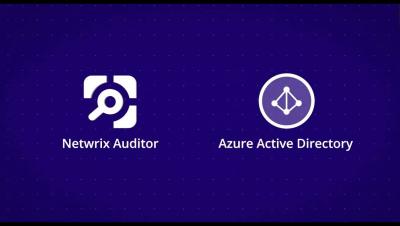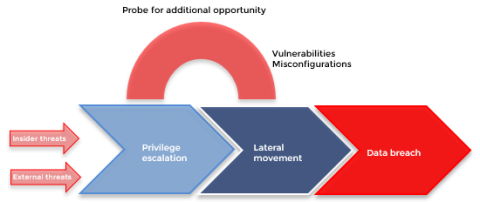Security | Threat Detection | Cyberattacks | DevSecOps | Compliance
Active Directory
Active Directory Auditing Guidelines
Active Directory and AD Group Policy are foundational elements of any Microsoft Windows environment because of the critical role they play in account management, authentication, authorization, access management and operations. Accordingly, proper Active Directory auditing is essential for both cybersecurity and regulatory compliance.
Practical Guide For SIEM And Active Directory
Active Directory is a popular technology used in many organizations to handle their user management, authentication and authorization. The fact that it’s so dominant and so central to the IT infrastructure makes it a key component for security monitoring. It’s also a popular target for malicious actors, as compromising Active Directory accounts gives them access to many resources.
Best Active Directory Management Tools
IT teams rely on Active Directory (AD) to keep networks secure and maintain user accounts — but they often need to adhere to strict budget limitations when it comes to selecting software to help. That’s why we’ve put together this list of the top free Active Directory management tools. Our picks focus on AD tools that will help you complete routine AD management tasks much faster so your team has time to focus on other priorities.
IT security under attack: Why are group memberships so crucial?
Security groups either make or break your IT security. Group memberships are responsible for administrative access in your your network and define access to other privileged resources and data on your domain. Ever wondered how a simple misconfiguration of a group membership could lead to a security incident? This blog elaborates the most common misconfiguration or security loopholes that can cause damage to the sensitive data in your network.
Domain controller patch alert! Vulnerability grants domain admin access in 10 seconds
A critical Active Directory vulnerability (CVE-2020-1472) has been making headlines for being the most notorious elevation of privilege bug because it can affect all computers and domain controllers in an organization. This high-risk vulnerability, dubbed Zerologon, gives threat actors easy, instant access to domain controllers without requiring any additional privileges. This attack does not even require a user to be authenticated; the user just needs to be connected to the internal network.
Zerologon: Tripwire Industrial Visibility Threat Definition Update Released
Today, we released a Threat Definition Update bundle for our Tripwire Industrial Visibility solution to aid in the detection of Zerologon. Otherwise known as CVE-2020-1472, Zerologon made news in the summer of 2020 when it received a CVSSv3 score of 10—the most critical rating of severity. Zerologon is a vulnerability that affects the cryptographic authentication mechanism used by the Microsoft Windows Netlogon Remote Protocol (MS-NRPC), a core authentication component of Active Directory.
Netwrix Auditor for Azure AD - Overview
Advanced Active Directory attacks: Simulating domain controller behavior
There was a time when cyberattacks on identity and authentication infrastructures [like Active Directory (AD)] were immensely challenging to perform. A lot of forethought had to be put into devising a plan for the careful execution of attacks, and advanced technical knowledge of domains and networks was a requisite. Over time, with the advent of open-source pen testing tools, the knowledge gap and the complexities involved to carry out a full-scale cyberattack have narrowed drastically.
O365 Phishing Attack Used Real-Time Validation against Active Directory
A phishing attack used real-time validation against an organization’s Active Directory in order to steal users’ Office 365 credentials. According to Armorblox, the phishing attack targeted an executive working at an American brand that was named one of the world’s Top 50 most innovative companies for 2019 on a Friday evening.









